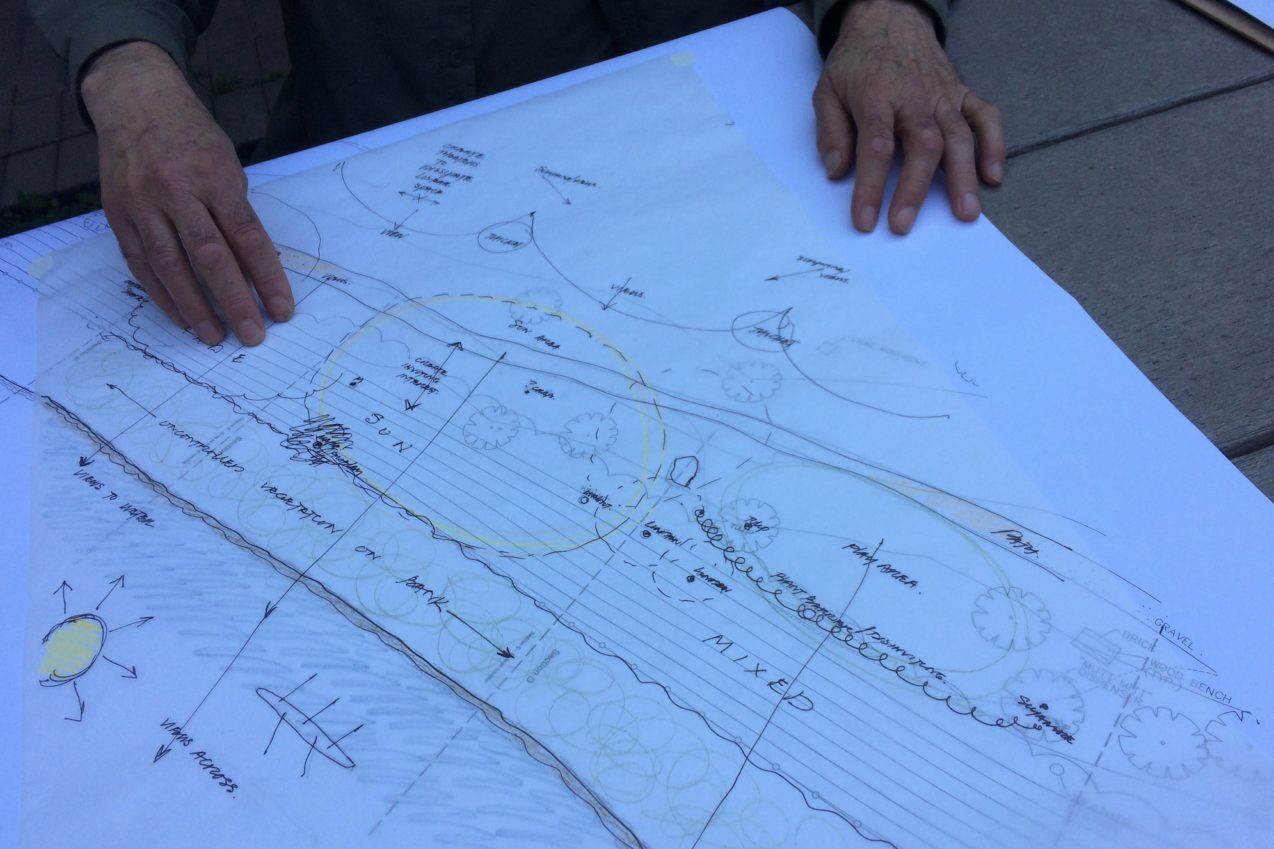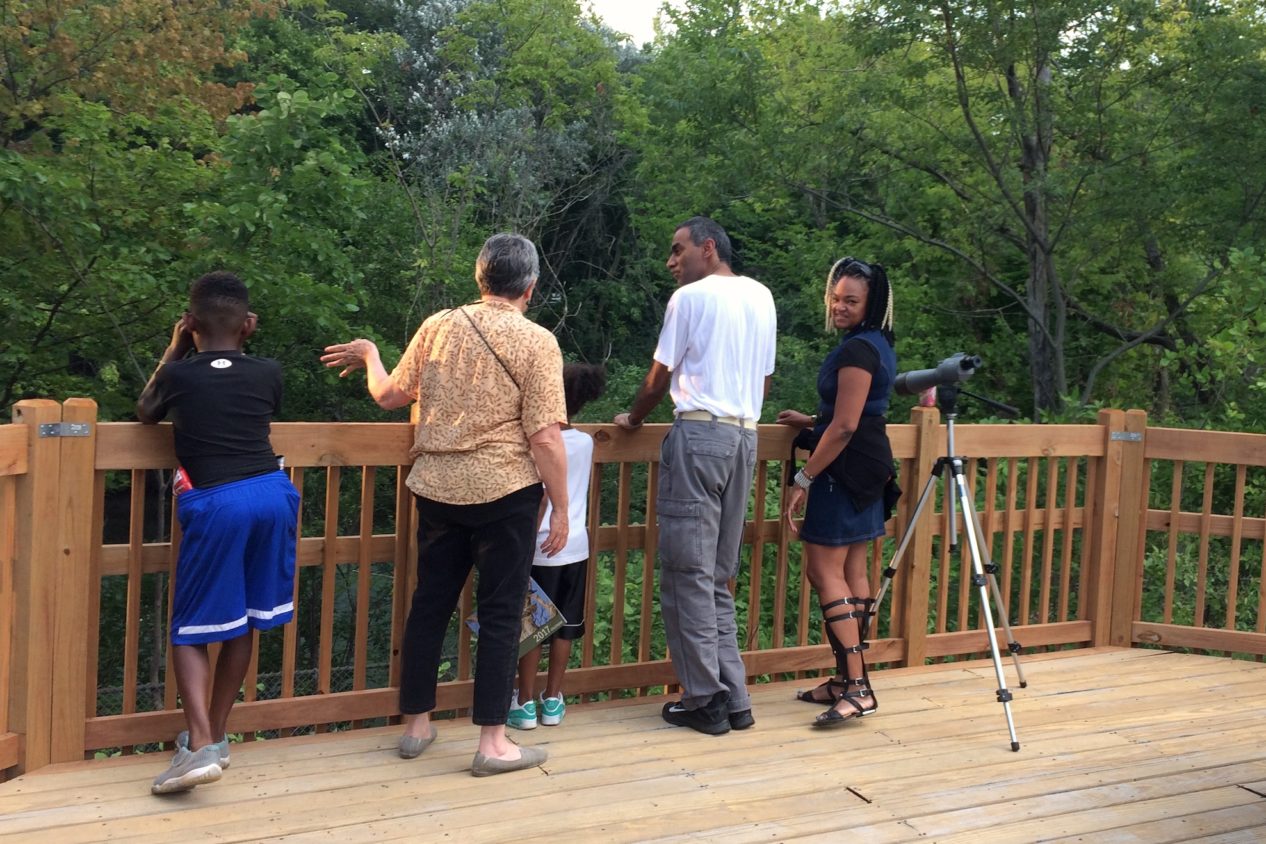As temperatures drop and color fades from the landscape, life continues underground. One of the amazing facts about prairie plants is that roots grow very deep—as much as 15 feet deep, in some cases. Like trees, their deep roots store carbon and help stormwater percolate slowly into the earth. That’s one reason Evanston’s Climate Action and Resilience Plan calls for expanding and improving not only our city’s trees, but also natural areas like our project sites.
As it happens, the capacity of healthy soil to store organic carbon was one of the themes of World Soil Day on December 5. We’d gotten a head start a few days earlier by spreading shredded leaves in the Civic Center Habitat Garden and in recently planted sections of the Ladd Arboretum. The leaves were collected and shredded by Evanston Friends Meeting, which is surrounded by big, old trees. These additional leaves will add organic matter to the soil in both areas—the Civic Center Habitat Garden’s sandy soil and the blue clay along the channel. We’ll continue to leave the dead stalks standing over the winter because they provide valuable habitat until the plants green up again in the spring.
— Wendy Pollock




